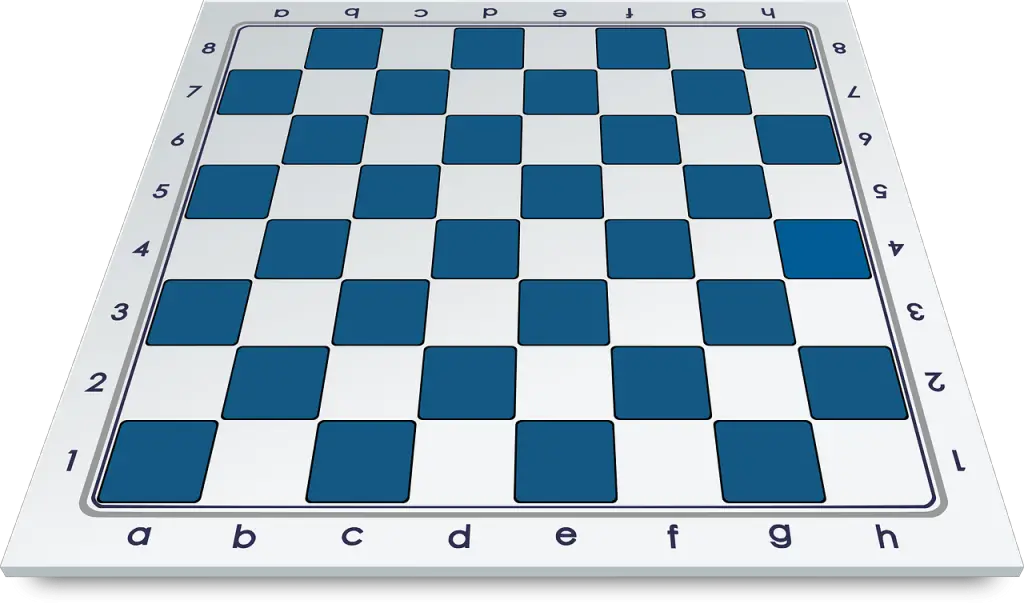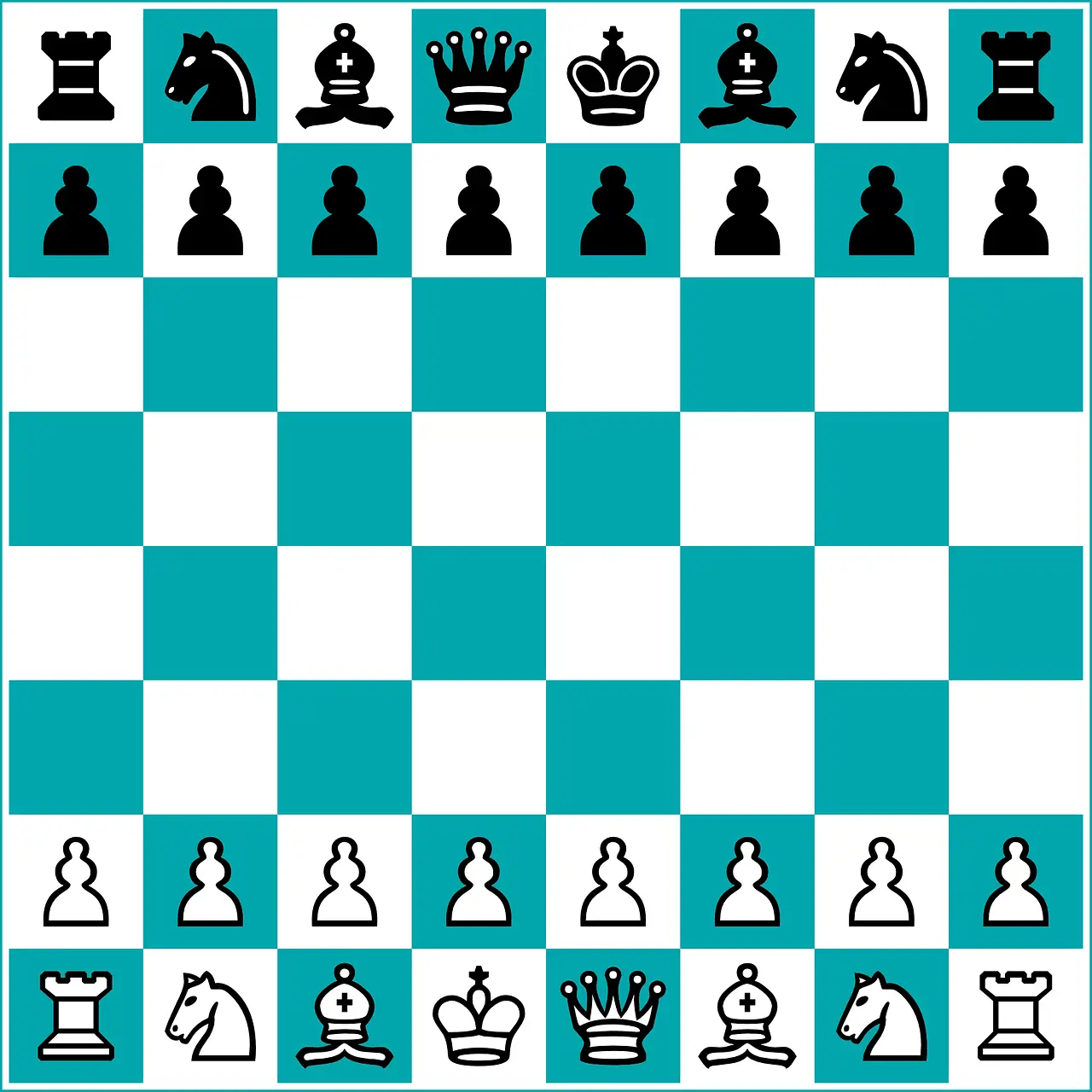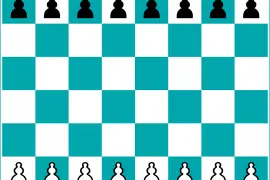In the ever-evolving landscape of chess, one name stands out as the epitome of artificial intelligence prowess – Stockfish. Renowned as one of the strongest chess engines globally, Stockfish has revolutionized the game, leaving an indelible mark on how chess is played and perceived. As the dominance of artificial intelligence in chess grows exponentially, human players face a remarkable challenge – pitting their strategic acumen against an unbeatable machine.
Stockfish and other powerful chess engines have ushered in a new era, transforming how chess is studied, analyzed, and played. The impact of artificial intelligence on human chess players cannot be understated, as it has opened up new possibilities and opportunities for both improvement and competition.
In the midst of this digital revolution, a central question lingers in the minds of chess enthusiasts: “Has anyone beaten Stockfish?” The prospect of triumphing over this formidable AI opponent fuels the competitive spirit of human players, inspiring them to explore uncharted territories in the battle between man and machine.
In this article, we embark on a journey to explore the strengths of Stockfish, the implications of its dominance, and the rare instances where humans have dared to challenge it. We delve into the intricate web of possibilities that arise when advanced AI and human intellect collide on the chessboard, unveiling the challenges and opportunities that await those brave enough to take on Stockfish. As the battle between man and machine unfolds, the chess world stands witness to a compelling clash of intellects, forever shaping the future of the game we hold dear.
The Rise of Stockfish and Computer Chess Engines
Contents
The history of computer chess engines traces back to the mid-20th century when the earliest attempts at creating chess-playing programs emerged. These rudimentary programs relied on brute-force methods to explore possible moves, but their capabilities were limited due to the computing power available at the time.

As technology advanced, so did the sophistication of computer chess engines. The breakthrough came in 1997 when IBM’s Deep Blue defeated the reigning World Chess Champion, Garry Kasparov, in a historic six-game match. This event marked a pivotal moment in chess, demonstrating AI’s potential to outwit human Grandmasters.
Fast forward to today, and Stockfish stands tall as one of the most formidable chess engines ever created. Developed as an open-source project, Stockfish has harnessed the collective efforts of chess enthusiasts worldwide to achieve extraordinary strength. Its evolution over the years has been marked by constant updates and improvements, fine-tuning its algorithms and heuristics for optimal performance.
Stockfish’s strengths lie in its unparalleled computational power and ability to analyze millions of positions per second. It possesses an exceptional positional understanding, enabling it to craft long-term plans and exploit positional weaknesses in opponents. Furthermore, its endgame knowledge is extraordinary, allowing it to navigate complex endgame scenarios with remarkable precision.
Stockfish has left an indelible mark on the competitive chess scene. It has consistently outperformed human Grandmasters and other chess engines in various tournaments and competitions. Its dominance in computer chess championships and engine-only events has solidified its reputation as one of the strongest players in the world, regardless of its artificial nature.
However, the impact of computer chess engines like Stockfish extends beyond their success on the tournament stage. They have fundamentally transformed the landscape of competitive chess. Human players have embraced these engines as indispensable tools for training and analysis. By studying the moves suggested by the engines, players gain valuable insights into the nuances of positions and sharpen their understanding of the game.
While some critics argue that reliance on engines may stifle creativity and intuition in chess, proponents believe they act as catalysts for improvement. Human players can learn from the engines’ exceptional calculation abilities and use this knowledge to refine their strategic thinking.
The Unbeatable Machine: Understanding Stockfish’s Strengths
At the heart of Stockfish’s invincibility lies its unparalleled computational power. With cutting-edge hardware and algorithms, Stockfish can sift through many possible moves in seconds, surpassing any human’s ability to analyze positions. While a human player might spend minutes or even hours contemplating a move, Stockfish can explore millions of moves in the same amount of time, giving it a vast advantage in evaluating positions.
To achieve this lightning-fast analysis, Stockfish employs sophisticated algorithms and heuristics. It assesses the chessboard by assigning numerical values to different aspects of the position, such as the material balance, pawn structure, piece activity, and king safety. These evaluations form the foundation for Stockfish’s decision-making process. It then calculates variations by projecting multiple moves ahead, creating a virtual tree of possible positions.
The engine uses alpha-beta pruning, which helps it avoid analyzing unfruitful branches of the tree, significantly reducing the number of calculations needed. With efficient move ordering and advanced search techniques like Stockfish’s Null Move Pruning, the engine can quickly focus on the most promising play lines.
Through this meticulous evaluation process, Stockfish identifies the best move to play at any given moment. Its capacity to peer deeply into the game and foresee the consequences of moves with exceptional accuracy leaves even the most skilled human players in awe.

One of Stockfish’s most remarkable strengths is its profound positional understanding. Unlike tactical prowess, which can often be found in tactical puzzles, mastering positional play is a more abstract and nuanced skill. Stockfish excels in assessing a position’s long-term advantages and disadvantages, recognizing subtle imbalances that human players might overlook. Its ability to exploit positional weaknesses and construct intricate strategic plans sets it apart as a formidable adversary.
Moreover, Stockfish’s endgame knowledge is nothing short of remarkable. It possesses a vast endgame tablebase that contains the optimal moves for all possible endgame positions with limited pieces. This database allows Stockfish to navigate endgames flawlessly, executing near-perfect play and securing victories that human players might struggle to achieve.
Human vs. Stockfish: The Chess Battle
Throughout the history of chess, the clash between human Grandmasters and the formidable Stockfish has given rise to captivating encounters that showcase the brilliance of human creativity against the raw computational power of artificial intelligence.
Human Grandmasters have bravely taken on Stockfish in numerous high-profile matches and tournaments, hoping to topple the seemingly unbeatable machine. Some of these battles have come remarkably close to producing shocking results. There have been instances where human players managed to outwit Stockfish and secure victory, defying the odds and proving that humans can still pose a challenge to even the strongest AI.
In these epic confrontations, human players have adopted various strategies to create complications and exploit Stockfish’s perceived weaknesses. They often steer the game towards positions that require deep understanding and long-term planning, forcing Stockfish to delve into extensive computations and navigate the complexities of the positions. By choosing unconventional moves or introducing imbalances in material or pawn structures, human players have attempted to lead Stockfish into unfamiliar territory, where brute-force calculation alone cannot guarantee success.
Furthermore, some Grandmasters have employed “anti-computer” strategies, deliberately sacrificing material or opting for positions that are objectively inferior according to traditional evaluations. While objectively weaker, these positions can be highly tricky and difficult for an engine like Stockfish to evaluate accurately. In these situations, the human player’s intuitive understanding and ability to create ambiguity have proven valuable assets in creating difficulties for the machine.
Interestingly, some human players have used Stockfish itself as a training partner. By studying games played by the engine, players gain insights into their preferences and biases, which can be exploited during the match. Understanding the typical patterns and weaknesses in Stockfish’s play has allowed human players to anticipate its responses and develop counter-strategies.
Time Controls and Handicaps
Time controls and handicaps play a crucial role in shaping the dynamics of human-Stockfish encounters, offering ways to level the playing field and make the battle between man and machine more engaging.
The impact of time controls on human-Stockfish encounters is profound. In faster time controls, such as blitz or rapid chess, human players are challenged to make quick, accurate decisions under constant time pressure. Stockfish’s ability to process millions of moves within seconds becomes a significant advantage in these fast-paced games, often leading to decisive victories for the AI. Conversely, in longer-time controls, human players have the opportunity to delve deeper into positions, strategize meticulously, and even occasionally find chinks in Stockfish’s computational armor. Therefore, the game’s length can influence the outcome, with human players having a better chance of challenging AI in games with more extended time limits.
To make the contest more competitive, handicaps are often introduced to diminish Stockfish’s strength. One common handicap is limiting the engine’s search depth, effectively preventing it from analyzing as deeply as it typically would. This restriction forces Stockfish to rely on more superficial calculations, evening the odds to some extent. Another approach involves reducing the engine’s computational resources, slowing its analysis speed, or imposing limitations on endgame tablebases.
Material imbalances are another form of handicap that can be employed to challenge Stockfish. Human players might opt to play with fewer pieces or sacrifice material strategically to create a complex and unbalanced position. These imbalances can be difficult for Stockfish to evaluate accurately, leading it into uncharted territory where human creativity and intuition can shine.
One notable example of handicaps applied to human-Stockfish encounters is the TCEC (Top Chess Engine Championship) tournament. In this competition, engines like Stockfish face off against each other with various handicaps, including reduced search depths, limited tablebase access, and even modified opening books. The TCEC has showcased thrilling matches where the engines’ strengths are somewhat neutralized, allowing for more exciting and unpredictable games.
The Future of Chess: Collaboration or Competition
As artificial intelligence continues to advance in the chess world, the game’s future presents intriguing possibilities for both human-computer collaboration and competition.
Human-computer collaboration in chess holds tremendous potential for players seeking to improve their skills. Using computer engines as valuable analytical tools, human players can augment their decision-making processes and gain deeper insights into complex positions. This collaboration enables players to learn from the AI’s vast knowledge and precise calculations while leveraging their strategic creativity and intuition. Such partnerships have the potential to push the boundaries of chess understanding and lead to innovative gameplay that combines the best of human and machine intelligence.
However, the rise of computer engines also brings forth ethical considerations, particularly regarding official tournaments. Using engines in competitive play raises questions about fairness, integrity, and the essence of the human mind versus artificial intelligence. Allowing unrestricted access to engines could diminish the significance of human brilliance in chess and turn the sport into a mere test of machine vs. machine. Striking the right balance between human creativity and AI assistance becomes a critical point of discussion to maintain the essence and integrity of competitive chess.

As AI becomes even stronger in the future, human players may face a scenario where machine players dominate the top echelons of competitive chess. This raises questions about the role of human players in the chess world. Some may argue that human players must embrace their partnership with AI to remain competitive and relevant. Others may advocate for preserving human-only tournaments, emphasizing the artistry and spirit of chess in its purest form.
The implications of AI’s increasing strength in the chess community are far-reaching. It may shift how chess is taught and studied, with an increased focus on understanding engine evaluations and leveraging AI insights. The competitive landscape might evolve, with tournaments and matches designed to explore the boundaries of human creativity when pitted against the might of AI.
Has anyone beaten stockfish
In conclusion, Stockfish and other chess engines reign supreme in the chess world, showcasing their dominance with superior computational power and strategic insight. While defeating Stockfish remains a rare feat due to its continuous development, there have been instances of human players coming close to victory.
The future of chess offers a delicate balance between human-computer collaboration and competition. Utilizing AI as an analytical tool can enhance human players’ skills, but ethical considerations must preserve the essence of human brilliance in the game.
As we navigate the evolving chess landscape, let us embrace the challenges presented by AI and appreciate the enduring beauty of human creativity and intuition in this timeless game. The fusion of human intellect and AI prowess promises an exciting journey ahead, shaping the future of chess with innovation and strategic brilliance.





